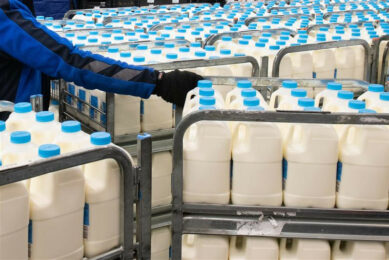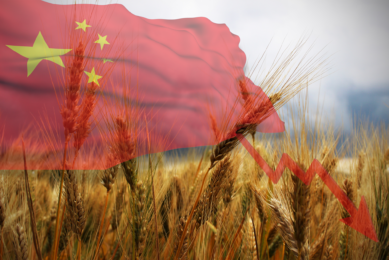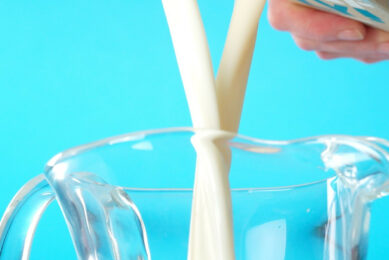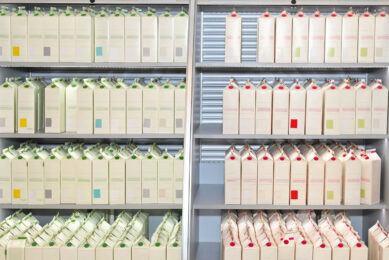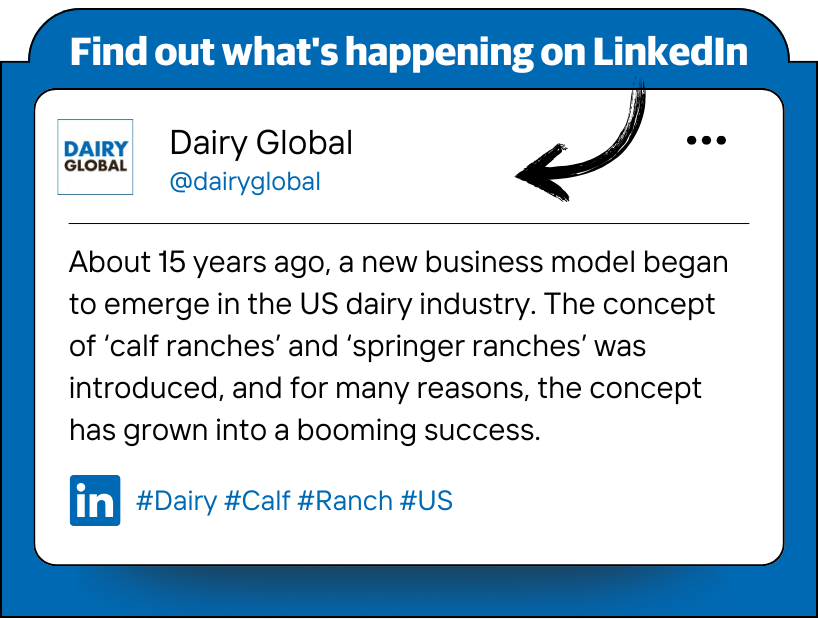Small dairy farmers in China are getting rid of cows
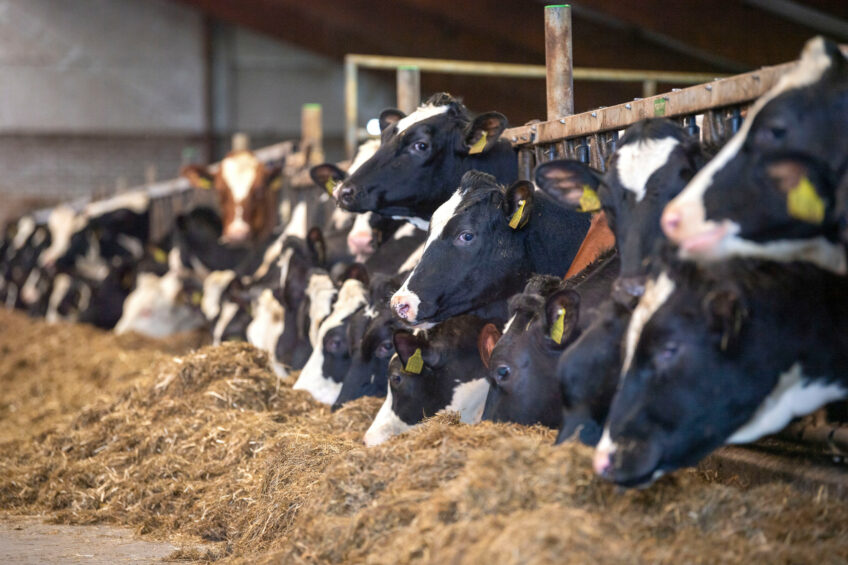
Milk production in China is showing a downward trend due to poor financial results of Chinese dairy farmers, according to the US Department of Agriculture (USDA). As a consequence, many smaller dairy farms are letting go of their cows.
Chinese dairy farmers are having a hard time. Their financial results are so bad that they are getting rid of cows and, as a result, the livestock population is shrinking. Although milk production per cow is increasing, this is not happening fast enough to compensate for the shrinking livestock population. The result: declining milk production. This is evident from a USDA report.
China’s milk production in 2024 was estimated at 41.6 million tonnes, which was slightly down from 2023. For 2025, market analysts at the USDA predict a further slight decline in production to 41.5 million tonnes, which would be a decrease of 130,000 tonnes. The number of dairy cows will decrease from 6.6 million in 2023 to 6.3 million this year.
Lower prices
Milk prices are still falling after a peak in early 2023. The price is now moving towards 3 RMB (€0.36) per kg and was almost 4.4 RMB per kg (€0.53) at the time. At these prices, more than 90% of dairy farms are making a loss. High feed costs is still a major issue and smaller and medium-sized companies in particular cannot cope with this. This is leading to further consolidation or upscaling in the Chinese dairy farming sector.
Domestic consumption of fresh dairy in China is declining. This is due to economic headwinds and decreased consumer confidence. The government is trying to stimulate spending, but this has had little effect so far. High retail prices are slowing down demand.
More cheese and butter
There are positive signals for cheese and butter. Cheese consumption is expected to increase moderately, mainly due to strong demand from the food service sector, such as Western restaurants and fast-food chains. Due to increasing consumption, cheese imports are also expected to increase. Imports amounted to more than 170,000 tonnes last year.
Butter consumption is increasing, as is production. The latter is mainly due to the fact that demand for fresh milk from consumers has decreased, making the milk available for processing. There is also increasing demand from the food service industry. In order to meet the increasing demand, more butter imports are also expected. Last year, China bought 135,000 tonnes of butter abroad.
Impact of US tariffs
Imports of whey will decrease mainly due to US tariffs. The whey that China uses mainly comes from the US. Other suppliers cannot fill this gap quickly enough, according to the analysts. In contrast to the demand for fresh dairy, the demand for whey in China is still high. Whey is an important raw material for both animal feed (piglets) and infant nutrition.
The uncertainty about tariffs continues to hang over the dairy market. New Zealand and Australia in particular benefit from the more expensive US products. There may also be opportunities for the Dutch dairy business here.
Join 13,000+ subscribers
Subscribe to our newsletter to stay updated about all the need-to-know content in the dairy sector, two times a week.



